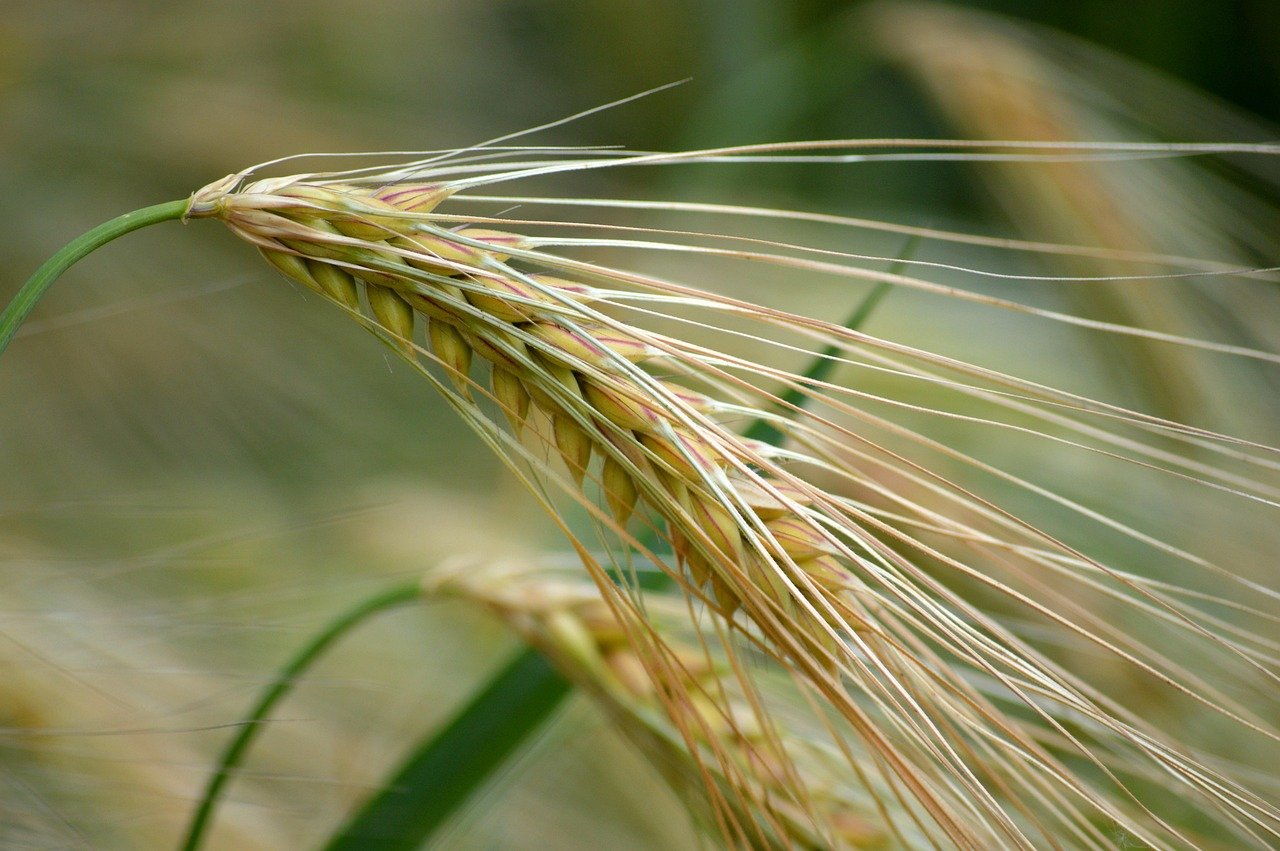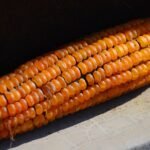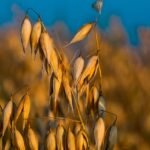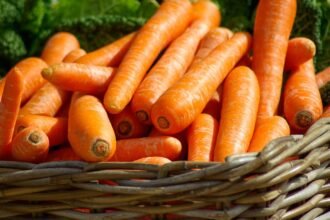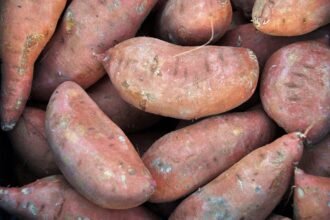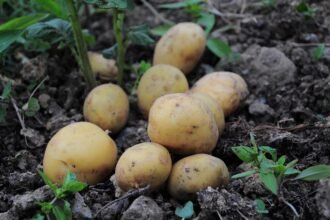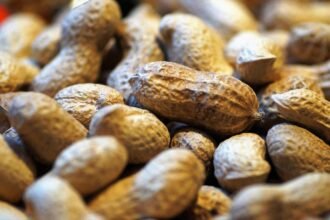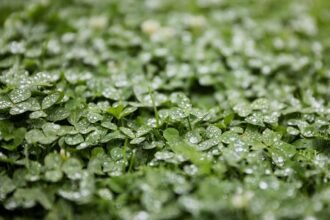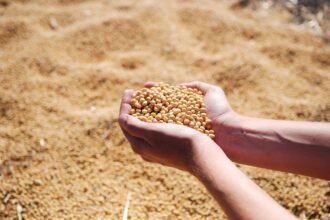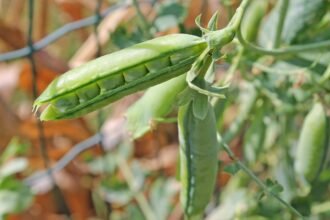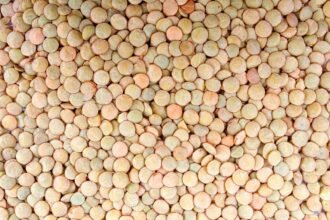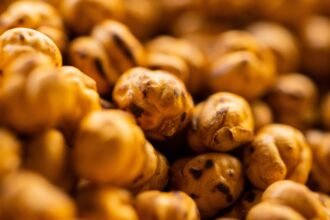Barley is one of the oldest cultivated grains and is grown for both human consumption and as a major ingredient in animal feed and brewing industries. Its resilience in various climates and soils makes it an important crop worldwide. Whether grown for malting, food, or forage, successful barley farming involves various technical management practices that focus on soil preparation, pest management, irrigation, and optimal harvesting techniques. This guide provides an in-depth look at the technical management of barley cultivation.
1. Soil Preparation and Fertility Management
Barley grows best in well-drained, fertile soils that are rich in organic matter. Proper soil preparation is the foundation for high yields and good grain quality.
Key steps:
- Soil Testing: Before planting, conduct a soil test to determine nutrient levels and pH. Barley prefers slightly acidic to neutral soil, with a pH range between 6.0 and 7.0.
- Tillage: Prepare the soil through plowing, followed by harrowing to break down clods and create a fine seedbed. Tillage helps improve soil aeration and provides good seed-to-soil contact for better germination.
- Organic Matter: Incorporate organic matter like compost or well-rotted manure into the soil to improve structure, water retention, and nutrient availability.
- Fertilization: Barley is a moderately nutrient-demanding crop. Apply a balanced fertilizer based on soil test recommendations, focusing on nitrogen (N), phosphorus (P), and potassium (K). Apply nitrogen in split doses—at planting and during tillering—to avoid lodging (excessive plant growth).
2. Selecting the Right Barley Variety
Choosing the right barley variety for your region’s climate and growing conditions is essential for ensuring high yields and disease resistance.
- Malting vs. Feed Barley:
- Malting Barley: Grown primarily for the brewing industry, malting barley varieties need to meet specific quality standards such as low protein content and good germination rates.
- Feed Barley: Used for livestock feed, this variety focuses on high yield rather than malting quality.
- Winter vs. Spring Barley:
- Winter Barley: Planted in the fall, winter barley requires a cold period for vernalization and is typically harvested earlier in the season. It is common in regions with milder winters.
- Spring Barley: Planted in the spring, spring barley is suitable for areas with cold winters. It is harvested later but is more flexible in terms of planting and harvesting schedules.
Select varieties that are well-suited for your local climate and soil conditions, and ensure that they are resistant to local diseases and pests.
3. Planting and Sowing Techniques
Proper planting techniques ensure that barley seeds are sown at the correct depth and spacing for optimal growth.
- Planting Time: Barley is typically planted in the early spring when soil temperatures reach at least 5°C (41°F). For winter barley, planting should be done in the fall, typically 6–8 weeks before the first frost.
- Sowing Depth: Barley should be sown at a depth of 2–4 cm (0.8–1.6 inches). Planting too deep can delay germination, while shallow planting can expose the seed to drying out.
- Row Spacing: Space rows about 18–22 cm (7–8 inches) apart. Narrower spacing increases competition for resources, while wider rows can cause uneven growth.
- Seed Rate: Typically, 100–150 kg of seed per hectare is used, but this can vary depending on the variety and local conditions. The goal is to achieve a final plant population of around 200–300 plants per square meter.
4. Water Management
Barley is relatively drought-tolerant compared to other cereal crops but still requires sufficient water during key growth stages.
- Water Requirements: Barley requires adequate moisture, especially during the germination, flowering, and grain-filling stages. Too little water at these stages can severely reduce yields.
- Rain-fed vs. Irrigated Systems: Barley can be grown under rain-fed conditions in regions with sufficient rainfall, but in areas with irregular rainfall, supplemental irrigation is necessary. Irrigation helps maintain optimal growth and prevents water stress during critical periods.
- Irrigation Methods: Drip irrigation or sprinkler systems are commonly used for barley cultivation, depending on field size and water availability. Proper scheduling is important to avoid overwatering or waterlogging, which can damage the crop.
5. Nutrient and Fertilizer Management
Proper nutrient management is key to ensuring healthy barley growth and maximizing yield potential.
- Nitrogen Fertilization: Nitrogen is the most important nutrient for barley, especially during the early vegetative stages. Apply nitrogen in split doses—half at planting and half during tillering (early growth). Avoid excessive nitrogen application, as it can lead to excessive vegetative growth and lodging.
- Phosphorus and Potassium: Phosphorus is essential for root development and should be applied at planting. Potassium is important for disease resistance and overall plant health and should be applied at key growth stages.
- Micronutrients: Ensure adequate levels of micronutrients such as zinc, boron, and sulfur, which are critical for barley growth and grain filling.
6. Weed Control
Weeds compete with barley for water, nutrients, and light, and can reduce crop yields if not properly managed.
- Pre-emergence Herbicides: Apply herbicides before barley emerges to control early-stage weed growth. This is especially important for managing grasses and broadleaf weeds that may outcompete barley.
- Post-emergence Herbicides: After barley has emerged, use selective herbicides to control weeds without harming the crop. Be sure to apply herbicides at the correct timing to achieve effective weed control.
- Manual Weeding: In smaller-scale operations, manual weeding may still be necessary to control weeds during the early stages of barley growth.
- Crop Rotation: Rotate barley with other crops to break the weed cycle and reduce weed pressure.
7. Pest and Disease Management
Barley is susceptible to a range of pests and diseases, which can reduce yields and quality.
Common Pests:
- Cereal Aphids: Aphids can spread barley yellow dwarf virus (BYDV). Control them with insecticides or natural predators like ladybugs.
- Wireworms: These pests feed on the seeds and roots of barley. Use seed treatments or soil insecticides to manage wireworms.
Common Diseases:
- Powdery Mildew: A fungal disease that affects the leaves and stems. Control it by using resistant varieties or applying fungicides during the early stages of infection.
- Leaf Rust: A common disease that reduces photosynthesis. Use resistant varieties and fungicides for control.
- Fusarium Head Blight: This disease affects barley kernels and can cause contamination with mycotoxins. Use resistant varieties and practice crop rotation to reduce the risk.
8. Harvesting and Post-Harvest Handling
The timing and method of harvesting are crucial to preserving the quality of barley grain.
- Harvest Timing: Barley should be harvested when the grains are fully mature, and the moisture content is around 13–15%. Delayed harvesting can lead to the loss of grain quality due to shattering or mildew.
- Mechanical Harvesting: For large-scale operations, use combine harvesters to efficiently harvest barley. These machines help reduce labor costs and minimize grain damage.
- Drying: After harvesting, dry barley to reduce moisture content to 12–13%. This prevents spoilage and extends storage life.
- Storage: Store barley in a cool, dry, and well-ventilated area. Use airtight containers or silos to protect the grain from pests and moisture.
9. Sustainable Barley Farming Practices
Sustainable farming practices are becoming increasingly important to reduce environmental impact and ensure long-term productivity.
- Conservation Tillage: Minimize tillage to improve soil health, reduce erosion, and conserve moisture.
- Crop Rotation: Rotate barley with legumes, pulses, or other crops to improve soil fertility, reduce pest and weed pressure, and break disease cycles.
- Water Management: Use efficient irrigation systems and practice rainwater harvesting to reduce water usage and ensure sustainability.
Conclusion
Barley cultivation requires careful attention to soil preparation, water management, pest control, and nutrient management to achieve high yields and good quality grain. By following best practices and adopting sustainable techniques, barley farmers can optimize their production and ensure long-term success. Whether you are a commercial grower or a smallholder, understanding the technical aspects of barley farming will help you achieve better results year after year.

